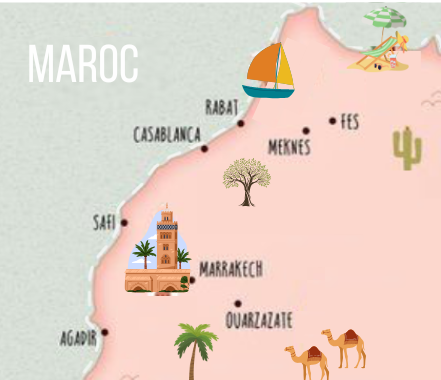
ONE REGION, ONE STYLE
Each region of Morocco has developed its own style, rooted in tradition and reflecting local culture. Patterns and techniques allow Moroccan women to express themselves artistically while perpetuating ancestral know-how that continues to evolve over time.
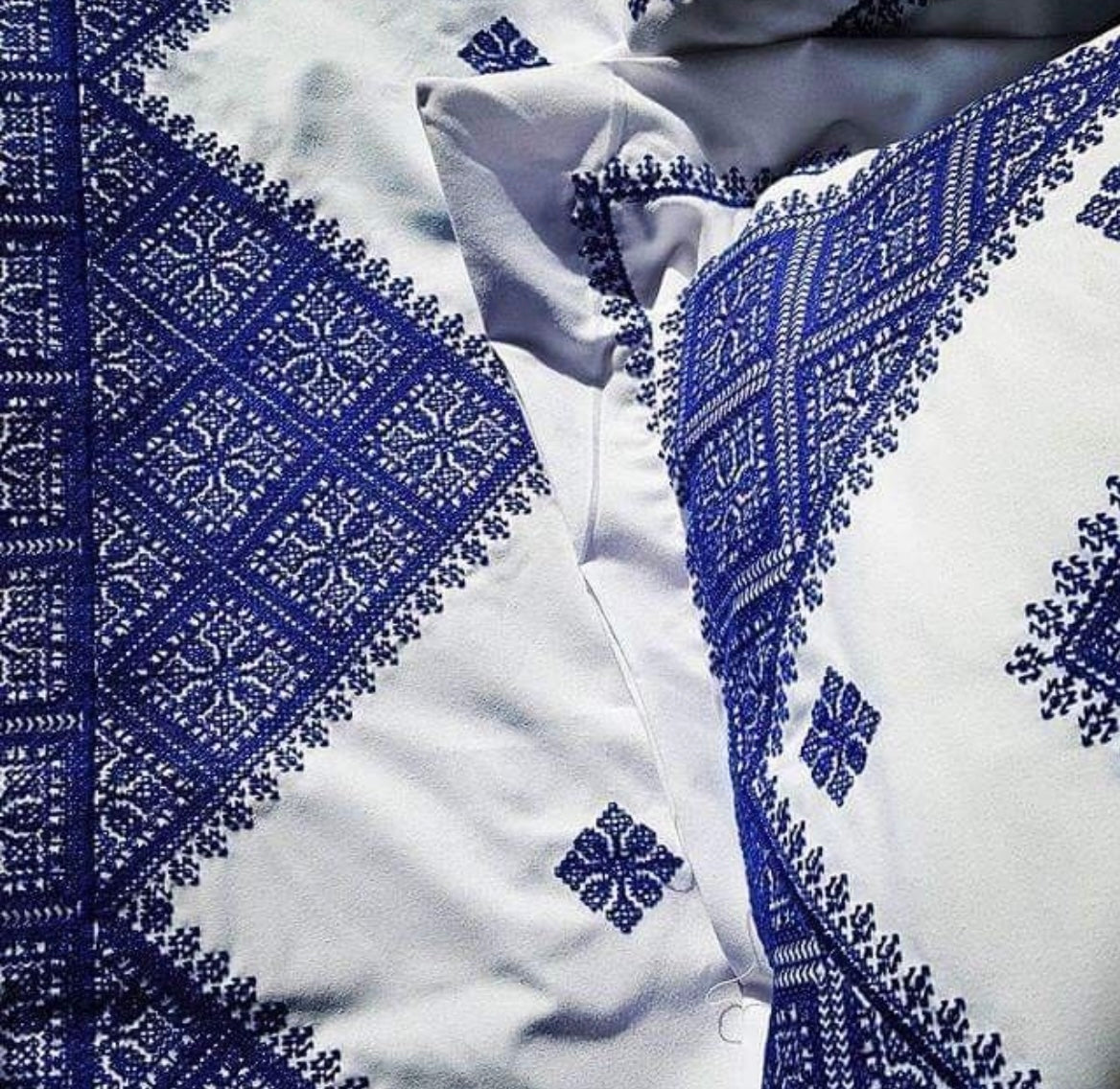
FES EMBROIDERY
Fez embroidery , also called Tarz el Fassi or Tarz el Ghorza , is known for its finesse and monochrome patterns in blue, red, garnet or black. Made on very fine linen or cotton, it uses floral and geometric motifs, often embroidered using a low wooden loom, the mrama . The creations are both decorative pieces and feminine accessories.Fez embroidery , also called Tarz el Fassi or Tarz el Ghorza , is known for its finesse and monochrome patterns in blue, red, garnet or black. Made on very fine linen or cotton, it uses floral and geometric motifs, often embroidered using a low wooden loom, the mrama . The creations are both decorative pieces and feminine accessories.
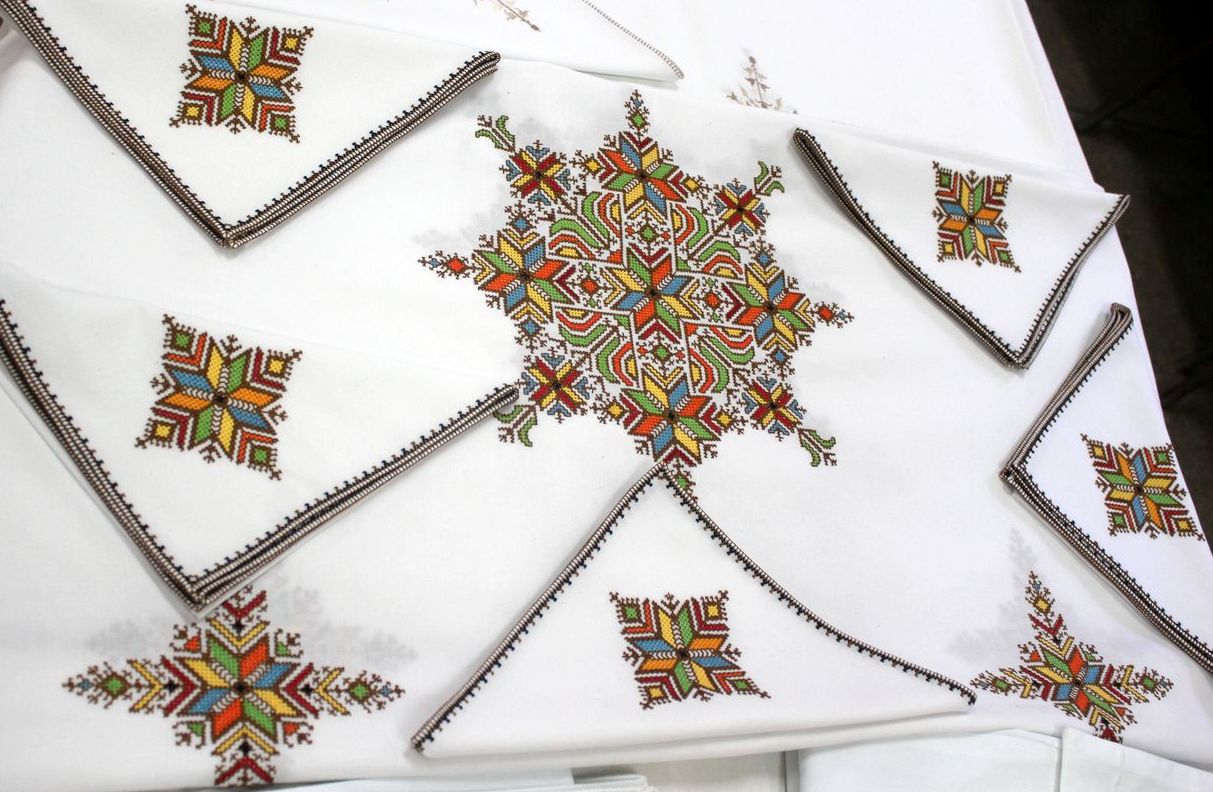
MEKNES EMBROIDERY
Meknes embroidery , or Tarz Meknassi, retains geometric patterns similar to those of Fez, but with thicker lines and more refined designs. This embroidery is distinguished by a more sober style, emphasizing the repetition of motifs. The colors are more contrasting, with a predominance of black and red on white or beige fabrics. This embroidery is mainly found in household textiles, such as towels and sheets.
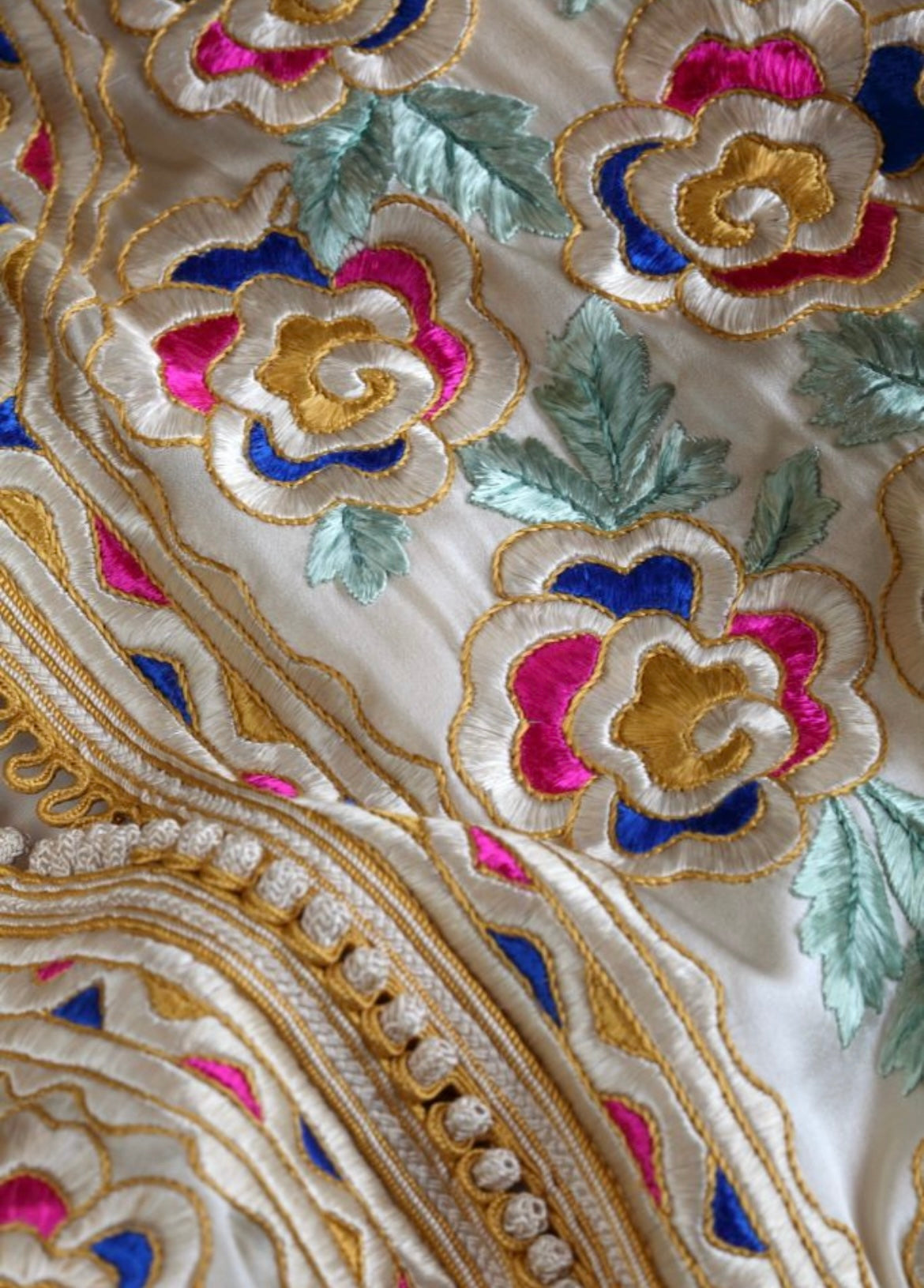
FLAP EMBROIDERY
Rabat embroidery , or Tarz Rbati, is distinguished by its rich color palette. Unlike that of Fez, it uses more transparent fabrics such as muslin or silk and features multicolored patterns inspired by nature and flower gardens. It can be found in both decorative objects and wedding accessories.

TETOUAN EMBROIDERY
Tetouan embroidery , or Tarz Titouani, is created on fine fabrics such as silk or linen. Embroiderers use intricate stitches to create floral and geometric patterns based on pyramids and rosettes. This embroidery often focuses on the edges of the fabrics, using strong tones to fill the motifs and softer tones for the outlines.
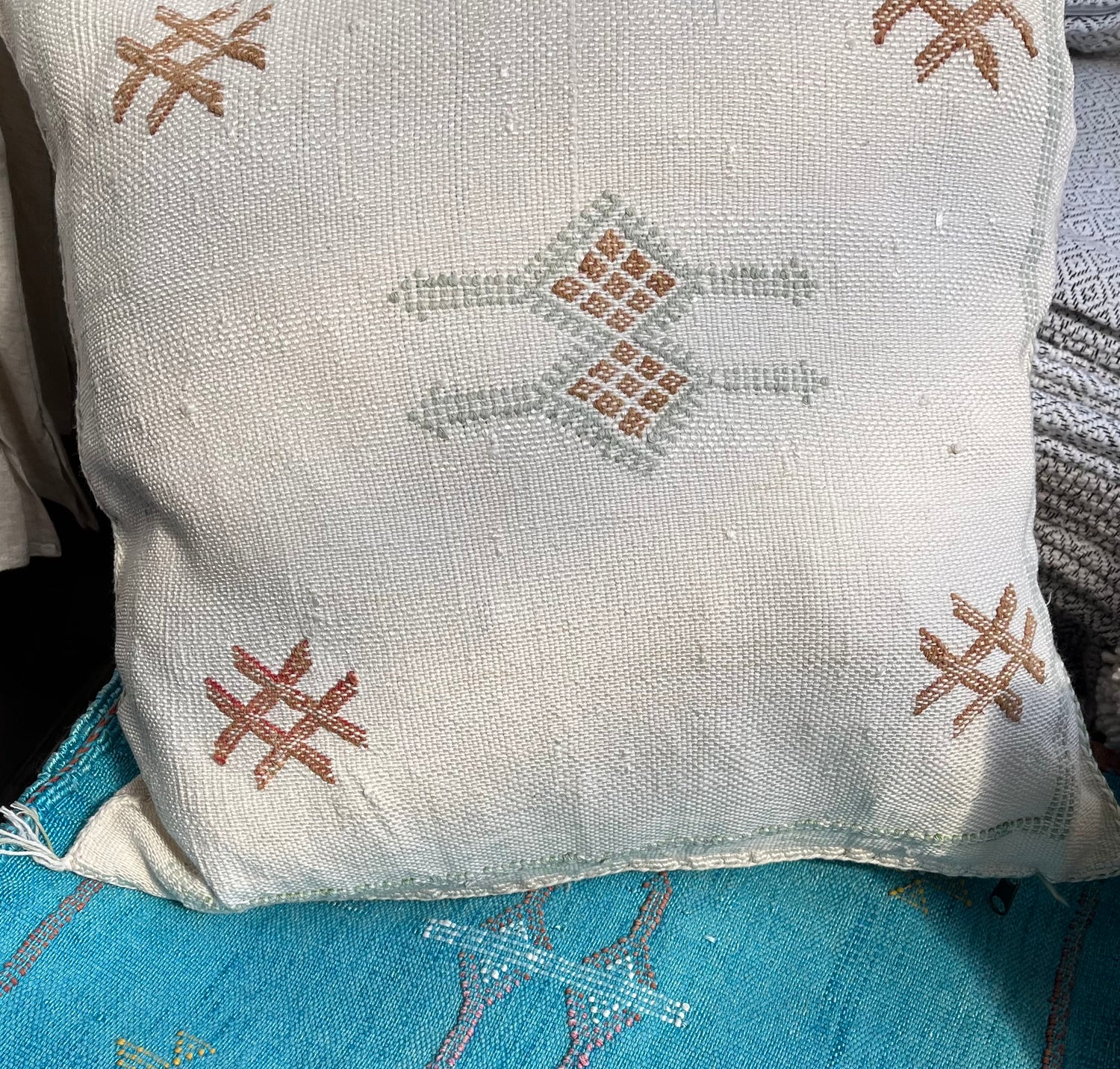
MIDDLE ATLAS EMBROIDERY
Middle Atlas embroidery adopts a more rustic and spontaneous style. It is characterized by abstract and geometric patterns, often associated with protective or spiritual symbols such as diamonds, crosses, and triangles. The colors are vibrant, with a preference for red, orange, and yellow, enhanced with touches of black or blue. This embroidery, more free and intuitive, is generally done on thick textiles such as wool, in keeping with the weaving tradition of these regions. Decorated pieces include rugs, blankets, and traditional clothing.
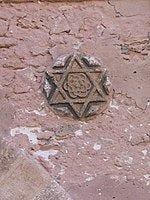
JEWISH COMMUNITY
The Moroccan Jewish community , historically present in several cities, has also contributed to the art of embroidery. Jewish embroidery is distinguished by symbolic motifs such as the Star of David, birds, trees, and stylized figures. The embroidered pieces were often used for religious purposes, particularly to decorate synagogues or ceremonial clothing. The colors used are mainly blue, gold, and red, with a style that combines Jewish tradition and local Moroccan motifs.
